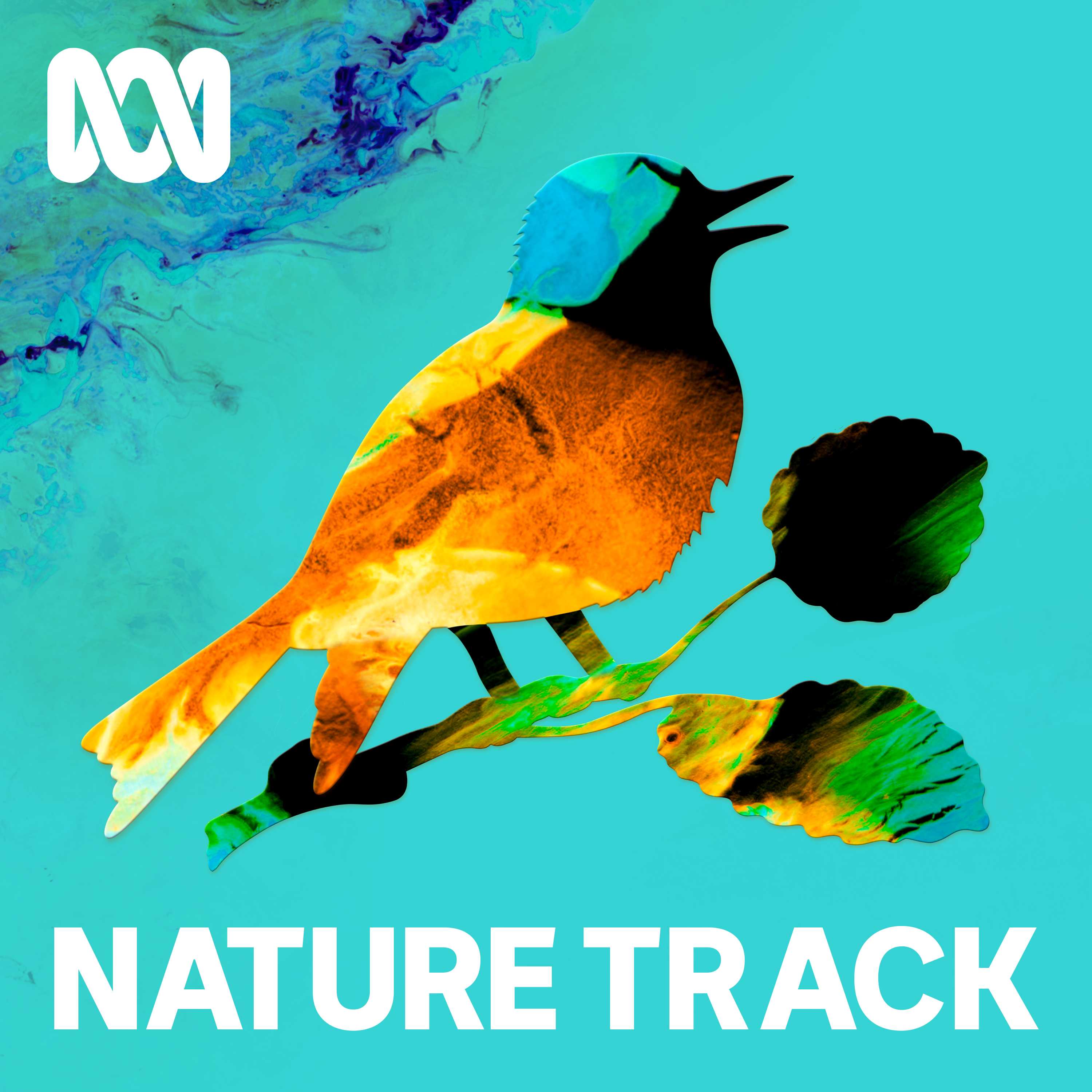Heavy rain and desert thunder
Description
No music, no talking, just the sound of a rain storm in the desert.
Wiluna is a town on the Traditional lands of the Martu people in Western Australia. It’s on gorgeous arid country, about 960km east of Perth. After days of dry heat in excess of 40, it was late afternoon when a huge storm rolled in. Nowhere has storms like the desert, where the hot air rises off the ground to meet the clouds with huge rumbles and rolls that expand across the whole horizon. The rain continued on and off all night and into the next day when I got up in the morning to smell the wet sands and concrete of the town. Each burst of rain was greeted by bird song throughout the sunrise, and as the human occupants of the town slowly woke up.
Listening notes from Ann Jones:
04:28 Here comes the rain on the tin roof. The galahs scatter, calling. 5:10 A bonded pair of mudlarks (tiwily-tiwilypa), sometimes called peewees or magpie larks. sing a duet together.
10:50 The pied butcherbirds (kararaputa) sing through the rainfall — a repetitive, slightly melancholy melody, and occasionally their diagnostic cackling call that almost sounds like yelling "missing you!" at the end of a quick phone call.
14:30 This repetitive chirping call is a honeyeater, but which sort? Perhaps a yellow-throated miner (piiny-piinypa)? Comment below if you know!
16:24 White-plumed honeyeater (Inatjara) calls sound a little bit like a slide whistle.
20:40 This is probably the alarm call of the white-plumed honeyeater, letting its colleagues know of a danger or annoyance.
21:28 The mudlarks stay in touch and reinforce their relationship by repeating their duet throughout the day.
26:40 Little corellas start to fly and call in tremulous, quaver-y voices. It also sounds as if there is at least one young one with them begging for food, making a monotonous raspy grinding call from a tree.
28:30 Cutting through above all the other birds is the tiny black-and-white willie wagtail (tjitirttjitirt). This call is diagnostic of the willie, and it will make it through the day and night. Listen also for the scolding chika-chika-chika call that the willie will make occasionally, probably to stay in touch with its family members in this context. You can also here two variations on the mudlark duets in this sequence, along with the little corellas.
37:16 There are two possibilities for this corvid call – a torresian crow or a little crow (not tiny ones, that is their species name: little crow).
37:40 The willie wagtail is back!
41:30 The birds all seem to be responding to the rain, or perhaps a change in pressure associated with the rain? There are so many calls from the different species here.
42:20 The incomparable sound of rain on a tin roof.
48:38 The crows are at it again!
47:00 You can occasionally hear a deeper click as water drops actually hit my microphone through this section, the drops were so big they were bouncing up off the ground and up onto the little box I’d put my recorder on under a shelter. My microphone covers were absolutely saturated after I finished this recording.
More Episodes
In 1977, we sent a Golden Record of the sounds of Earth into space with NASA's Voyager probes.
This 'cosmic' calling card inspired the program team to make this - a golden record of Australian sounds.
It varies from Nature Track - there are human made sounds and there are human voices, these...
Published 08/14/23
Published 08/14/23
No music. No voices. Just the sound of a creek bed in outback Australia.
In the Murchison district in Western Australia you're surrounded by low lying ranges where rocks have been found that are 4.4 billion years old — they're almost as ancient as the planet itself.
Among the crests and dips of...
Published 09/20/22


